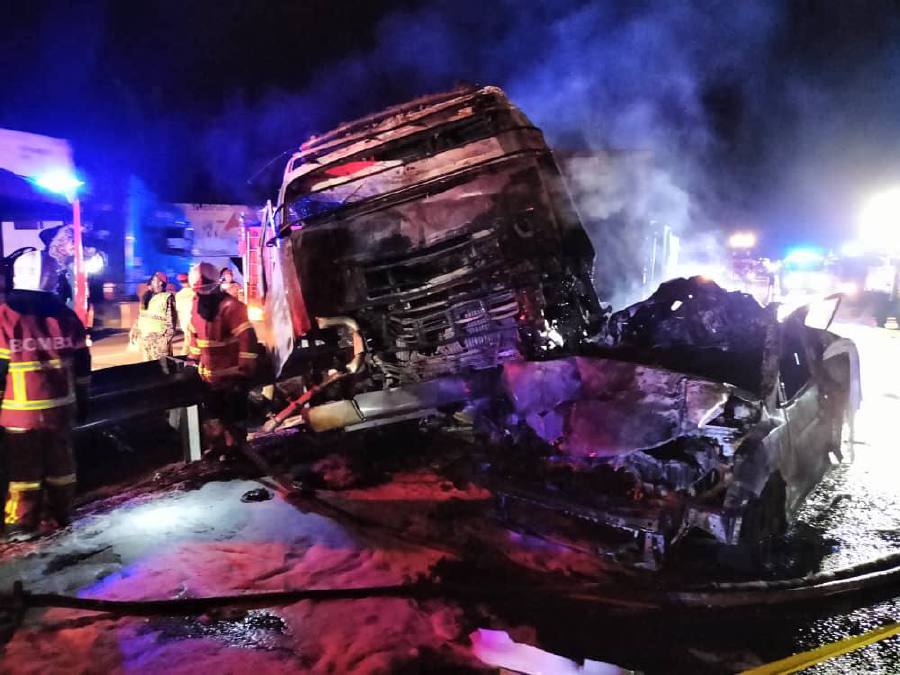
The National Center for Health Statistics provides estimates of the number of traffic accident deaths in the United States. Fatality analysis reporting system data from the National Highway Traffic Safety Administration and National Safety Council estimates are also used. Other sources for estimates include motor vehicle registrations, miles traveled, and drivers. Regardless of source, traffic accident deaths are a major public health problem.
Driving while impaired
Drinking and driving is a serious crime that can lead to an accident death. Since the 1980s, drunk driving laws have been strictly enforced. Depending on the state, drivers can face fines, jail time, or both. Even a small amount of alcohol can impair one’s driving ability.
Unrestrained vehicle
Unrestrained vehicle occupants are at higher risk for traffic accident death than are restrained occupants, according to recent statistics. Passenger vehicle occupant fatalities were more common at night than during the day, with 64 percent of unrestrained deaths occurring at night compared with 46 percent of unrestrained deaths occurring during the day.
Speeding
Speeding is one of the leading causes of traffic accident deaths and is responsible for at least one death in every three crashes. It also causes more accidents than other causes. Extreme speeding reduces the response time of drivers to dangerous situations. It also increases the distance that vehicles have to stop, reducing the ability of road safety structures to protect drivers.
Fatalities caused by a T-bone accident
A T-bone accident can be deadly for both parties involved. These collisions typically result from right-of-way violations, and drivers who don’t yield to other vehicles are considered negligent. In addition to causing fatalities, T-bone crashes can also lead to devastating injuries to the body, especially to the upper part of the body.
Penetrating injuries
Penetrating injuries are often referred to as “open head injuries,” and they involve a sharp object penetrating the skull. While this type of injury is very rare, its morbidity and mortality rate can be high. This study aimed to examine fatalities resulting from PI and to identify demographic factors and injury patterns associated with this type of injury. This study also looked at stab and gunshot injuries. All data were gathered through the Netherlands’ electronic registration system.
Failure to stop for a red light
A red light is a signal that tells drivers to stop and obey the law. A driver who fails to stop for a red light can face serious legal consequences. Failure to stop at a red light is considered negligence. Traffic control devices such as traffic lights are meant to prevent crashes. When someone runs through a red light, or a light has a mechanical problem, they may cause a collision.
Disobedience to traffic laws
Motor vehicle fatalities are often caused by motorists who fail to follow traffic laws that are in place to prevent accidents. These behaviors include speeding, not obeying signs and signals, and failure to stop at a stop sign. Most of these behaviors can be avoided while driving, but motorists who choose to do them are committing negligent driving.
Negligence to follow traffic laws
Many car accidents occur due to a driver’s negligence. This negligence could include running red lights, failing to follow the speed limit, or not paying attention while driving. Negligent drivers may also be distracted or complacent, and this can also lead to an accident. In any case, negligence can result in a death or injury. A negligent driver may also be found liable for damages to other drivers, passengers, pedestrians, and property.
